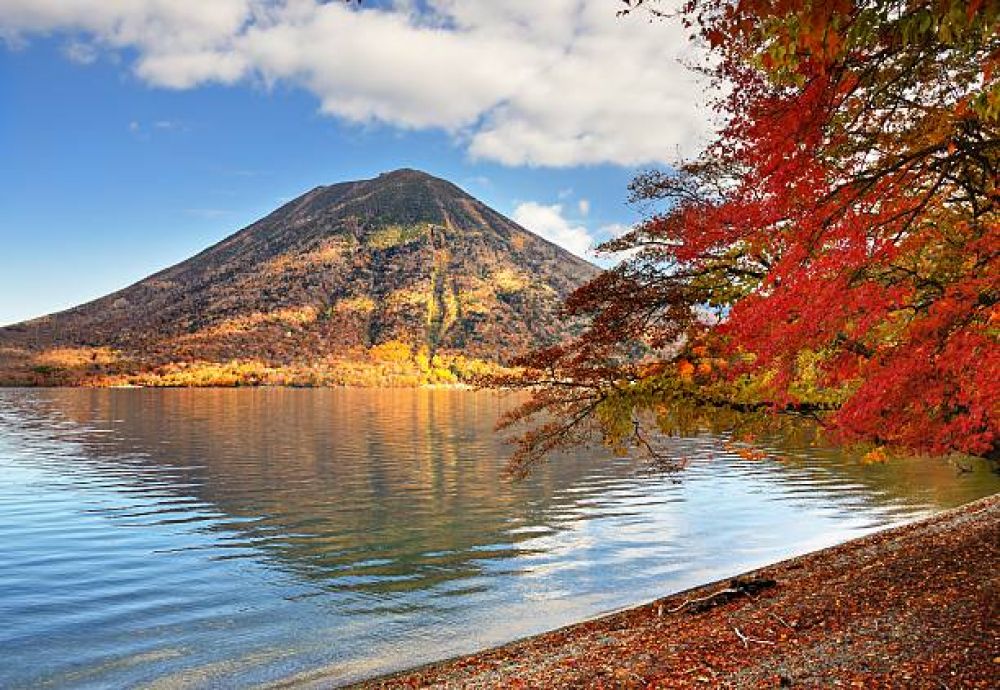

The history of Lake Chuzenji as a tourist destination can be traced back to the Meiji period, when it started to gain popularity among foreign diplomats and travelers. The cool climate of the highland area, along with its natural beauty, made it an ideal retreat from Japan's hot summers.
Lake Chuzenji has strong links to the history of Buddhism in Japan. The lake itself was formed over 20,000 years ago when Mount Nantai erupted and blocked the river, creating a natural dam. Mount Nantai is a sacred mountain in the Shinto religion and is closely associated with the Futarasan Shrine, a part of the UNESCO World Heritage Site that includes the shrines and temples of Nikko.
In the late 19th and early 20th centuries, European embassies built vacation villas along the shores of Lake Chuzenji. The charming town of Chuzenji, which developed to serve these visitors, became home to an international summer community. This unique blend of cultural influences has left its mark on the area and remains a point of fascination for modern tourists.
In recent years, tourism at Lake Chuzenji has embraced more of its natural surroundings and cultural heritage. Travelers are often drawn to the scenic beauty of the area, which includes the nearby Kegon Falls, one of the most famous waterfalls in Japan.
Eco-tourism is becoming increasingly popular, with visitors seeking out hiking trails and nature walks around the lake and within Nikko National Park. Additionally, tourists come to engage in outdoor activities such as boating and fishing during warmer months, and witness the brilliant autumn foliage that transforms the landscape into a vibrant tapestry of colors.
Another trend is the interest in historical and cultural tourism. Visitors are drawn to the rich heritage of the nearby Toshogu Shrine, the resting place of Tokugawa Ieyasu, the founder of the Tokugawa Shogunate. The shrine is known for its intricate carvings, including the famous three wise monkeys which embody the proverb "see no evil, hear no evil, speak no evil."
Lake Chuzenji continues to be a cherished destination for both Japanese and international tourists. With its serene atmosphere, cultural landmarks, and outdoor recreation opportunities, it offers a diverse array of experiences. The area’s careful balance of maintaining its natural beauty while accommodating visitors ensures that Lake Chuzenji will remain a beloved site for many years to come.